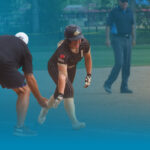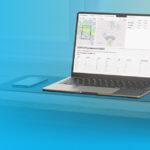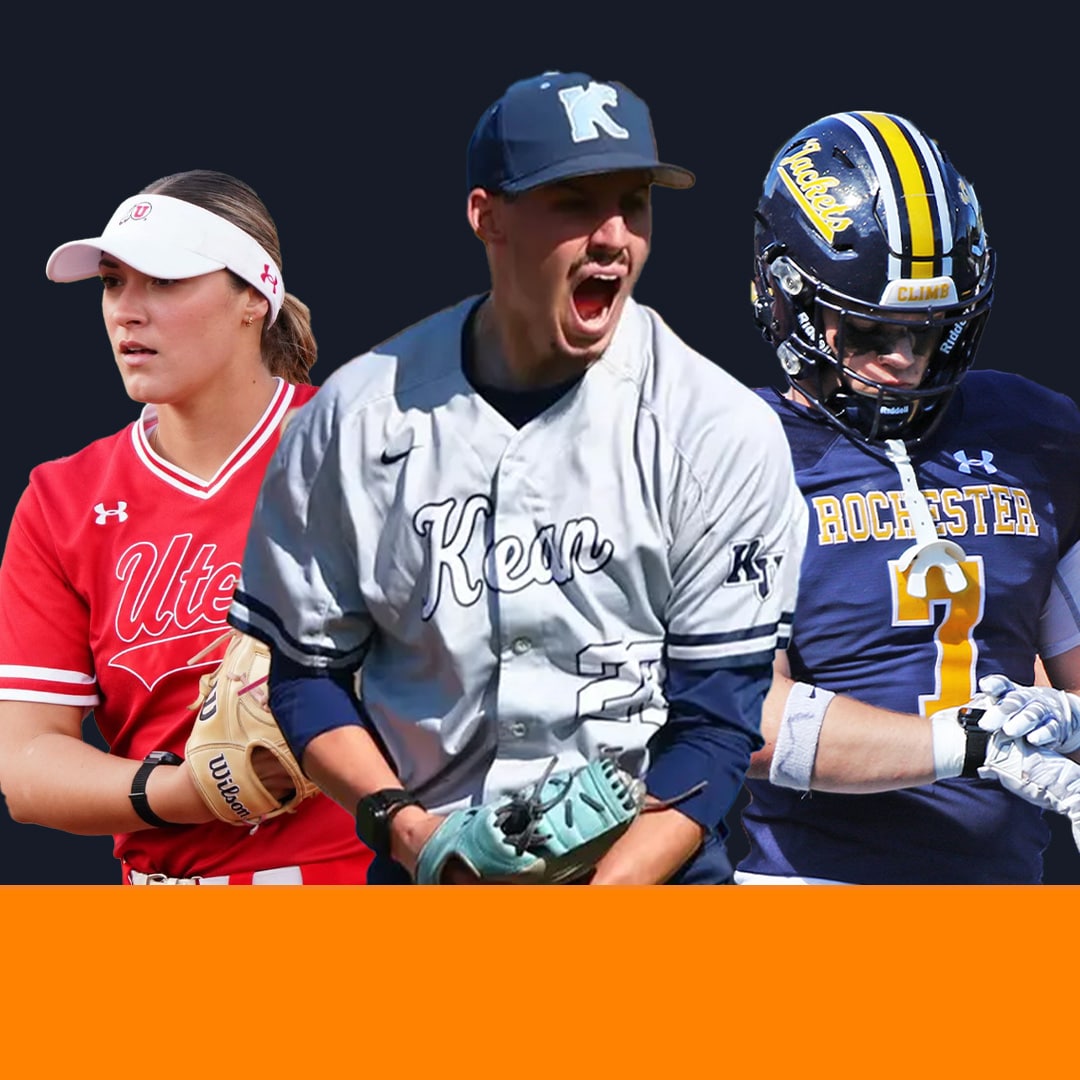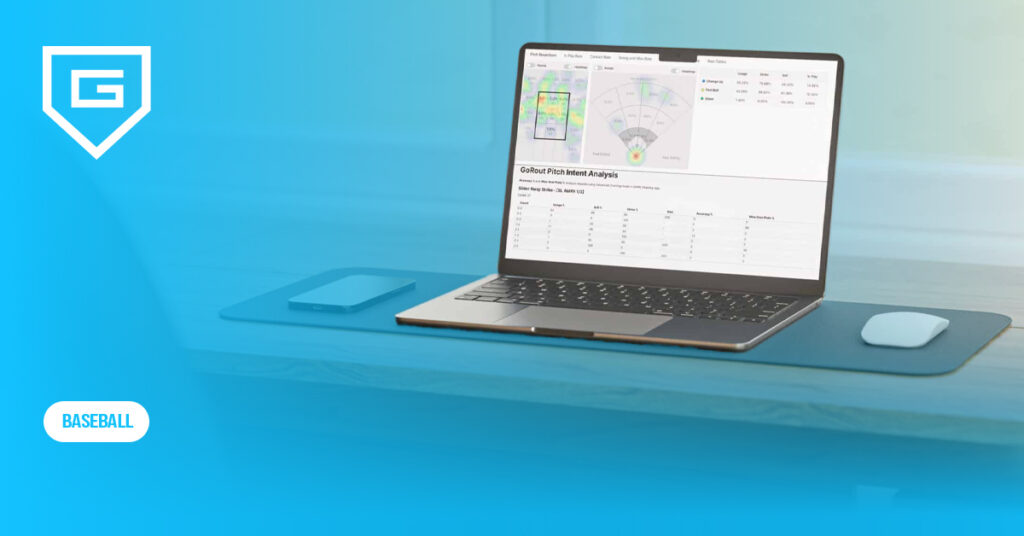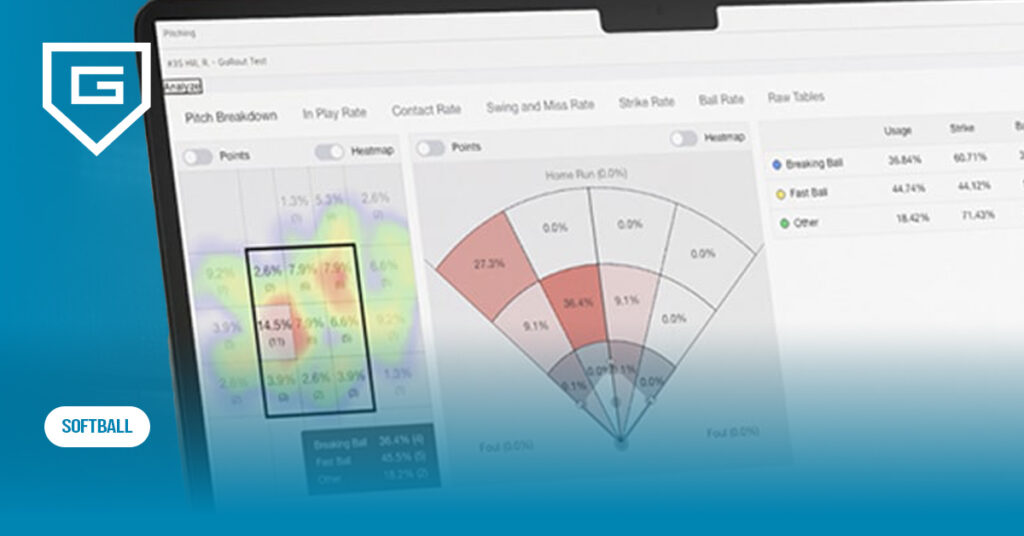How to Choose the Best Youth Catchers Gear: A Coach’s Guide
Reading Time: 8 minutes
Reading Time: 8 minutes
Choosing the best youth catcher’s gear can be overwhelming for coaches. With so many brands, sizes, and features—like chest protectors, leg guards, and hockey-style helmets—it’s tough to know what’s truly right for your youngsters.
Should you choose a full catcher’s set or mix and match? Is higher-end gear worth it for developing players?
In this guide, you’ll get expert tips to help you select the right equipment for your young catchers, ensuring safety, comfort, and performance for every player on your team.
Why Quality Catcher’s Gear Matters for Youth Baseball Coaches
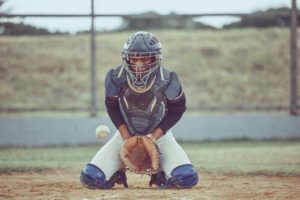
As a coach, your choice of high-quality catcher’s gear directly impacts your youth players’ safety and performance.
The right youth catcher’s gear—such as a well-fitted chest protector, durable shin guards, and a NOCSAE-certified helmet—protects young catchers from fast pitches and tough plays at the plate.
Proper gear also builds their confidence, helps them focus on the game, and encourages skill development over the season.
For more on player development, check out this youth baseball training program and explore a detailed youth catcher’s gear guide to ensure your team has all the equipment they need.
Key Differences Between Baseball and Softball Catcher’s Gear
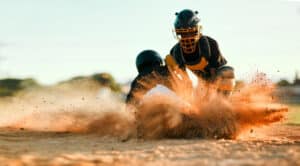
When purchasing catcher’s gear for youth players, you need to understand the key differences between youth baseball equipment and gear used by youth softball teams.
The biggest difference is how the gear is designed. Baseball gear is sturdier and more protected from high-velocity impacts, while softball equipment is designed for slower pitches with higher arcs using lightweight designs for mobility.
| Feature | Baseball Catcher’s Gear | Softball Catcher’s Gear |
| Chest Protector | Bulkier, designed for overhand throws | Shaped for underhand pitches, flexible |
| Leg Guards/Shin Guards | Longer, more coverage | Shorter, allows greater mobility |
| Catcher’s Mitt | Smaller pocket for denser baseball | Larger pocket for bigger ball |
| Helmet Style | Hockey style or traditional two-piece helmet | Often hockey style, lighter and with wider visibility |
| Gear Sizing | Youth size, varies by brand | Tailored for female athletes |
Whether you’re outfitting a young catcher for baseball or softball, paying attention to these details ensures a better fit, improved durability, and higher performance on the field.
What Makes the Best Catcher’s Gear?
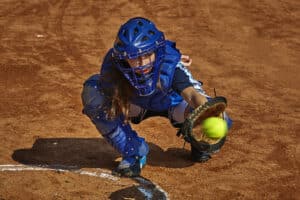
Look beyond fit and comfort when searching for the best youth catcher’s set. Key features include NOCSAE and SEI certification for safety, lightweight yet sturdy materials, and extra knee pads or savers for added protection.
Breathable fabrics and moisture-wicking linings help keep younger players cool during long games. Adjustable straps and multiple color options give players a personalized fit and style. Durability is key for equipment that stands up to fast pitches and daily use.
Comparing options from reputable baseball equipment companies will help you find the right gear set for your team’s needs and budget.
For more on choosing the right youth baseball gear, check out this comprehensive gear guide and training tips for youth baseball.
Key Components of the Best Catcher’s Gear

Outfitting your young catcher with the right gear starts with knowing how each component contributes to performance, confidence, agility, and safety on the field.
Helmet and mask: Protection and visibility
A hockey-style helmet or traditional mask is a young catcher’s first line of defense. Look for NOCSAE-certified helmets offering full head protection, a snug fit, and excellent visibility.
High-quality youth catcher’s gear should feature durable shells, adjustable straps, and ventilation to keep players cool and safe behind the plate.
Choosing the right helmet can help prevent injuries and boost confidence, which is key for developing players. To avoid common coaching mistakes, ensure your catchers always wear proper gear.
Chest protector: Coverage and mobility
A well-designed chest protector provides excellent protection for the heart, ribs, and collarbone while allowing freedom of movement. Memory foam padding and adjustable straps are essential for comfort and a custom fit.
The best youth catcher gear balances coverage with lightweight materials so players can move quickly during fast plays. Include chest protector fitting in your practice plans to ensure every child planning to catch has the right gear set.
Leg guards: Flexibility and knee support
Shin guards and knee pads are vital for absorbing impacts and supporting mobility. The best leg guards offer extra padding, knee savers, and adjustable straps for a secure fit.
Look for youth-size options that allow for a full range of motion so young catchers can block pitches and pop up quickly. Flexible leg guards are a must for youth baseball drills and game situations.
Catcher’s mitt: Padding and control
A quality catcher’s mitt is designed with extra padding for catching fast pitches and a deep pocket for better ball control. Top brands have youth-sized mitts that are comfy and built to last, like the Rawlings Renegade or Mizuno Samurai. Louisville Slugger no longer makes gloves, but you can find quality used catcher’s mitts like the Omaha Select or Dynasty series that have been discontinued.
The right mitt is key for young catchers to feel confident and improve their catching skills, so it’s an essential part of their gear.
The Best Catcher’s Gear for Performance and Safety

Consider adding throat guards, knee savers, and wrist guards to your youth catcher’s gear for maximum performance and safety.
Throat guards offer crucial added protection, knee savers help reduce strain during long innings, and wrist guards shield against wild pitches and foul tips.
All the gear helps young catchers stay comfortable during long games, allows them to focus on developing their technique and react quickly to every play.
Discover more ways to protect and develop your players with baseball training aids for youth.
The Best Catcher’s Gear for Every Level
Choosing the right catcher’s gear really depends on what level you’re playing at because each stage has its own needs.
For Little League, focus on lightweight, easy-to-adjust sets that prioritize comfort and basic protection, helping young players gain confidence behind the plate.
As athletes move into travel baseball, gear should offer enhanced durability, advanced padding, and features like moisture-wicking liners to withstand the rigors of frequent tournaments and intense competition.
Travel baseball accessories such as helmet bags and extra knee pads become valuable for staying organized and prepared.
For advanced youth players aiming for high school or elite travel teams, invest in professional-grade gear with reinforced protection, customizable fit, and technology-friendly options.
Coaches looking to build a competitive program should also review tips on how to start a travel baseball team for guidance on equipping young athletes for success.
GoRout Diamond: Revolutionizing Youth Catchers Gear

GoRout Diamond is an innovative baseball pitch-calling system designed to transform the way players and coaches communicate and interact on the field.
It eliminates miscommunication, prevents sign-stealing, and streamlines in-game strategy, bringing professional-level technology to developing players.
For coaches: Seamless control and strategy optimization
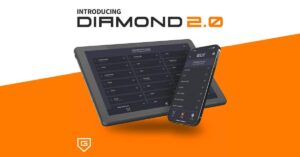
Coaches use the GoRout Diamond web app to build custom playbooks and send pitch calls, defensive shifts, and offensive plays directly to their players.
With one tap on the on-field app, you can communicate instantly with every player, ensuring your instructions are clear and received in real-time.
This system allows for position-specific messaging and integrates electronic pitch-calling wristbands and coach-to-catcher communication devices for maximum efficiency.
The platform’s AI analytics provide valuable insights into pitch intent vs. result, helping coaches make smarter decisions.
For players: Instant, secure communication
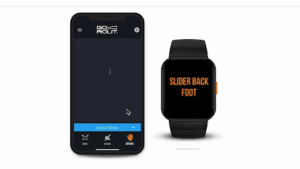
Players receive calls on wearable devices—like youth baseball wristbands or catcher communication devices—that are weather-resistant, bright, and easy to read.
This wearable tech eliminates confusion, boosts confidence, and allows young catchers to focus on their performance. The system works without Wi-Fi, using GoRout Air™ for reliable connectivity in any environment.
Key reasons to choose GoRout Diamond
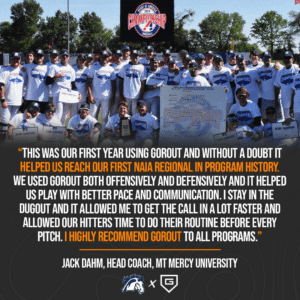
- Eliminates sign-stealing and miscommunication
- Fully encrypted for privacy and security
- Durable, weather-resistant, and ready out of the box
- Real-time analytics and pitch charting
- Customizable for any team size or level
- Supports electronic pitch-calling and pitcher communication devices
- Approved for in-game use at many levels
Explore more about baseball signs for youth and how GoRout Diamond can modernize your team’s communication. Ready to upgrade your youth catcher’s gear?
Get a quote or visit the web shop today!
Training and Development: Using Gear to Build Better Catchers
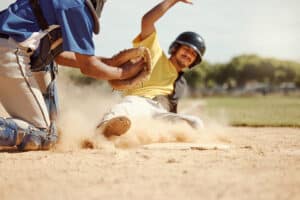
Encourage young catchers to experiment with different gear brands and styles during practice to discover the best fit and comfort for their body type.
Rotate gear sets, so players become adaptable and confident with various equipment, preparing them for any game situation.
Add drills that mimic wild pitches and foul tips so catchers can get comfortable with their chest protectors and leg guards.
Help your team learn how to adjust and take care of their equipment during training. It creates a sense of ownership and pride in their gear.
Use video analysis to show how their equipment affects their movements and positioning. This way, players can see the impact directly and make smart decisions to improve their performance.
Mistakes to Avoid with Youth Catchers’ Gear
Avoid choosing oversized gear, hoping young catchers will “grow into it”—ill-fitting equipment reduces protection and hinders movement.
Don’t neglect regular inspections; worn straps, padding, or buckles can compromise safety.
Skipping NOCSAE certification or opting for low-quality gear can put players at risk.
Lastly, never overlook the importance of comfort and adjustability; uncomfortable gear distracts young athletes and affects performance.
Equip your youth players with the right gear from the start to ensure safety and confidence behind the plate.
Catcher’s Gear Maintenance: Keeping Equipment Game-Ready
To keep youth catcher’s gear game-ready, clean all equipment after each use by wiping down helmets, chest protectors, and leg guards to remove dirt and sweat.
Regularly inspect straps, buckles, and padding for wear and replace as needed to maintain excellent protection and fit.
Air-dry gear thoroughly to prevent odor and mildew, and use glove oil on the catcher’s mitt to keep it supple.
Encourage players to store their gear in a ventilated bag and avoid leaving equipment in hot cars, ensuring durability and safety all season long.
Conclusion About the Best Catcher’s Gear
Picking the right catcher’s gear for young players is key for keeping them safe, increasing their confidence, and helping them improve their skills.
Coaches can really help each young catcher feel comfortable and ready to shine on the field by making sure the gear fits well, is high quality, and matches their skill level.
Investing in high-quality, well-maintained gear like GoRout Diamond pays off with better performance and peace of mind for both players and parents—making it a key part of any successful baseball program.
Get a quote or visit the web shop today!
FAQs About the Best Catcher’s Gear
What is the best brand for youth catcher gear?
Top youth catcher gear brands include All-Star, the Rawlings Renegade series, the Mizuno Samurai series, and Louisville Slugger. These brands are known for their durability, comfort, and excellent protection for younger players.
What size catcher’s gear is best for a 12-year-old?
Most 12-year-olds fit youth or intermediate sizes. Typically, chest protectors are 13-15 inches, leg guards are 13-14 inches, and helmets are adjustable for head sizes around 6 1/4″ to 7″.
What is the safest catcher’s gear?
The safest catcher’s gear is NOCSAE-certified and offers full coverage, extra padding, and features like adjustable straps and memory foam. Brands like All-Star and Rawlings provide high-quality, safety-focused gear.
How do I choose a youth catcher’s mitt?
Choose a youth catcher’s mitt with a snug fit, deep pocket, and adequate padding. Look for youth-specific sizes (typically 31″–32.5″) and prioritize comfort and control for developing hands and skills.

